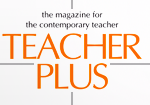Chocolate, anyone?
Who doesn’t love chocolates? They are soft, creamy and smooth, bitter-sweet, melt in the mouth and leave one feeling so happy.
Why do we love chocolate? Research says four chemicals, which are related to reward and pleasure, are released by the brain when eating chocolate: endorphins, serotonin, dopamine, and oxytocin. Research also says that it is the way the fat in the outer layers of the chocolate melts in the mouth that adds to the satisfying experience. Xocolati was a bittersweet thick, foamy beverage made by the ancient Mayans as part of their divine rituals. The word chocolate has its origins in this expression, as well as its special status from this “divine” connection. In its early days, chocolate was reserved for the elite and the upper class of the society.
Engaging school children in a project about chocolate can be a fun, easy, and mouth-watering experience, as it is, arguably, the most loved food around. This project can also provide an enriched learning experience because it connects various subjects including science, history, geography, math, social science, and art of course. The project is scalable and can be done with children of grades 3-12. Keep the project simple for younger children and scale up the complexity for children in higher grades. It goes without saying, this project will make you the most popular teacher in school!

As is well-known, multidisciplinary learning gives perspective and knowledge, fosters a deeper understanding and encourages collaboration and critical thinking, which is necessary for addressing complex, real-world problems. A project on chocolate is also timely because the world is possibly running out of chocolate.
Here are some key considerations and steps to help you plan and execute a successful chocolate project.

Photos courtesy: www.clipart.com
Objectives and outcomes
Define the objectives and outcomes of the project and make a rough outline of how you will proceed.
- Understanding the history and origin of chocolate.
- Learning about the process of making chocolate.
- Exploring the geographical regions where the cacao bean is grown.
- Investigating the nutritional aspects and health impacts of chocolate.
- Understanding the economics of chocolate making related to chocolate production and sales.
- Career possibilities or hobbies that can emerge from the project.
You can begin the project by asking children how many types of chocolates they know and lead into introducing the three main types of chocolate: milk chocolate, dark chocolate, and white chocolate. Pass around small samples for students to see and taste. (It may be difficult for students to concentrate on the subject with their mouths salivating!). Discuss the differences in ingredients and flavour profiles.

History
Begin with the history of chocolate, tracing its origins to ancient civilizations; how the Mayans and Aztecs introduced it to Europe, and its evolution into the modern chocolate industry. You might want to highlight the fact that in the Mesoamerican civilizations, cacao beans were a prized possession and even used as currency. Show pictures of cacao pods and the beans inside them.
July 7 is celebrated as World Chocolate Day. Ask the children to find out why.
Geography
Equatorial Africa is considered the world capital of cacao beans. Now cacao is being grown in every tropical country. Use maps to show where cocoa is grown. Discuss the climatic and soil conditions necessary for cocoa cultivation.
Map work: Have your class make a map of cacao growing regions.
Find out where in India cacao is grown on a large scale. Which is the largest cacao producing country in the world and in Asia?
Belgian chocolates are considered the best in the world. Why?
Science
Botany: Study the cacao tree, its lifecycle, and how cacao beans are harvested. Prepare a poster on cacao plants, flowers, and fruits.
Do an experiment to find out the melting point of chocolate.
Chemistry: Explain the process of fermenting, drying, roasting, and grinding cacao beans to make cocoa butter and cocoa powder, the main ingredients in chocolate. Watch videos with your class that demonstrate these processes. Explain the use of cocoa butter in cosmetics for its skin hydrating quality.
Health: Discuss the nutritional content of chocolate and compare dark, milk, and white chocolate in terms of health benefits and drawbacks. Have students make a chart to show the benefits of various types of chocolates.
Excess consumption of chocolates can cause tooth decay because of the high sugar content in it. Find out the impact of chocolate on oral health.

Economics
The world is currently facing a shortage of cacao beans. El Nino weather conditions have led to pest infestations, which in turn has impacted crop yield. The war in West Asia is also not helping matters as ships are taking a longer route to avoid the war hazards in Red Sea. Find out how the global chocolate supply chain works, from cocoa farms to chocolate manufacturers. Read about fair trade practices and the importance of ethical sourcing. Is over harvesting a factor in the current crisis? Find out.
Discuss the economics of chocolate production and sales. Introduce concepts like supply and demand, profit margins, and market competition.
Gather country-wise data related to chocolate consumption and sales trends and display on a chart or present in a report. This activity can be taken up in groups or teams.
Make a list of popular brands of chocolates available in the market. Ask the students to study the information on the wrappers and try to unpack the composition. How much chocolate is really in a basic milk chocolate bar (you can refer to one of the popular brands)?
Math: Calculate ratios for recipes, measure ingredients, and convert units.
Art: Encourage creativity by having students design their own chocolate bar packaging.
Draw chocolate-themed artwork – from beans to bars.
Study the wrappings of different brands of chocolates. Examine the common colours used. Why are colours like purple and gold popular with brands? Make a chart on fun facts of chocolate.

Photo: nagualdesign.
Courtesy: commons.wikimedia.org
Language: Engage children in poem writing. Themes could include their love of chocolates, the taste and experience of eating a chocolate, chocolate fountain and so on.
If you want a simpler exercise, ask children to complete the sentence I love chocolate because…. Students can give multiple answers.
Discuss the etymology of the word ‘chocoholic’.
Write a jingle or print advertisements for chocolates.
Culture: Chocolate is deeply embedded in modern culture. Due to the association of cacao beans with currency, the end product, chocolate, also came to symbolize wealth, luxury, and indulgence. Wherever there is a celebration, chocolates are sure to be going around. Find out why chocolate is used in celebrations.
There are places where chocolate is part of the cultural heritage. Many European countries like Switzerland, Netherlands, Belgium, and Germany have museums that preserve and display all things chocolate. Ooty is famous for homemade chocolates and has one such museum.
Chocolate sculpting is another way of celebrating the love of chocolates. It is an offshoot of cake art, and has many passionate followers.
Make a slideshow of famous chocolate artworks. Visit a chocolate museum if possible, or take a virtual tour, or watch videos.
Debate: Chocolate sculpting is a crime against chocolate.
What is the chocolate bunny and what is the history behind it. Find out.
Why is chocolate considered the best gift for all occasions?
Cookery: Conduct a cooking session where students can make simple homemade chocolate or try recipes like hot cocoa. Encourage creativity in recipes, e.g., almond-centered chocolate, gulkand-centered chocolates. Alongside, discuss/suggest possibilities of making a career/hobby as a chocolatier. Chart out the study and career pathways to becoming one.
Field trips, farm visit, and guest speakers: If possible, arrange visits to local chocolate factories or invite guest speakers from the chocolate industry to share their experiences and knowledge. If your school happens to be near a cacao farm, a visit would be worth it.
Quiz: Conduct a quiz on chocolates.
Exhibition: Organize a chocolate-themed exhibition where students can display their work, present their findings and possibly sell their homemade chocolate creations to raise funds for a related cause.
Have the class watch the films Charlie and the Chocolate Factory (2005) and the older version (1971) Willie Wonka and the Chocolate Factory. Discuss the treatment of the story in the two films and rate them. Recommend Roald Dahl’s 1964 novel Charlie and the Chocolate Factory (on which the films are based) for reading. Watch other age-appropriate chocolate themed films.
For your own record, create a project portfolio that includes research notes, experiment results, creative projects, and reflections on what students have learnt.
Hit that sweet spot of success
Use a mix of learning strategies to cater to different types of learners – visual, auditory, and kinaesthetic. Ensure inclusivity in the classroom. Make sure all students can participate, considering any allergies or dietary restrictions by providing alternatives or focusing on non-edible aspects of chocolate. By carefully planning and integrating diverse activities, this project can provide a rich, multidisciplinary learning experience that educates students about the fascinating world of chocolate and remains with them for a long time.
The author is an independent writer, editor and lifelong learner. She can be reached at sujata117@gmail.com
Poster for this project
An Indian Chocolate Story: the making of the Manam craft chocolate






